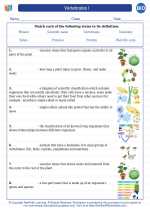Spinal Cord
The spinal cord is a long, thin, tubular bundle of nervous tissue and support cells that extends from the base of the brain down the back. It is an essential part of the central nervous system and serves as a conduit for neural signals between the brain and the rest of the body.
Anatomy of the Spinal Cord
The spinal cord is composed of nerve cells and bundles of nerve fibers. It is surrounded and protected by the vertebrae of the spine. The cord is divided into segments, each of which gives rise to pairs of spinal nerves. These nerves carry sensory and motor signals between the body and the central nervous system.
Functions of the Spinal Cord
The spinal cord has several critical functions:
- Conduction: It serves as a pathway for neural signals traveling to and from the brain.
- Reflexes: It is involved in the coordination of reflex actions, which are rapid, involuntary responses to stimuli.
- Transmission: It transmits sensory information from the body to the brain and motor commands from the brain to the body.
Study Guide
To understand the spinal cord, it's important to study the following topics:
- Structure of the spinal cord: Understand the organization of nerve cells, nerve fibers, and protective structures.
- Neural pathways: Learn about the different pathways through which signals travel within the spinal cord.
- Spinal reflexes: Explore the mechanisms and importance of reflex actions coordinated by the spinal cord.
- Spinal cord injuries: Investigate the causes, symptoms, and potential treatments for injuries to the spinal cord.
By mastering these topics, you'll gain a comprehensive understanding of the anatomy and function of the spinal cord.
[Spinal Cord] Related Worksheets and Study Guides:
.◂Biology Worksheets and Study Guides High School. Vertebrates I
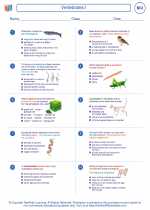
 Worksheet/Answer key
Worksheet/Answer key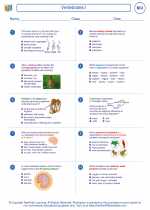
 Worksheet/Answer key
Worksheet/Answer key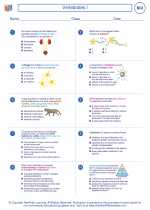
 Vocabulary/Answer key
Vocabulary/Answer key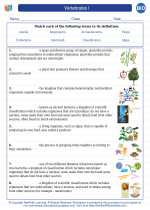
 Vocabulary/Answer key
Vocabulary/Answer key
 Vocabulary/Answer key
Vocabulary/Answer key